
Senior writer Tina Hesman Saey is a geneticist-turned-science writer who covers all things microscopic and a few too big to be viewed under a microscope. She is an honors graduate of the University of Nebraska-Lincoln where she did research on tobacco plants and ethanol-producing bacteria. She spent a year as a Fulbright scholar at the Georg-August University in Göttingen, Germany, studying microbiology and traveling. Her work on how yeast turn on and off one gene earned her a Ph.D. in molecular genetics at Washington University in St. Louis. Tina then rounded out her degree collection with a master’s in science journalism from Boston University. She interned at the Dallas Morning News and Science News before returning to St. Louis to cover biotechnology, genetics and medical science for the St. Louis Post-Dispatch. After a seven year stint as a newspaper reporter, she returned to Science News. Her work has been honored by the National Academies of Sciences, Engineering and Medicine, the Endocrine Society, the Genetics Society of America and by journalism organizations.

Trustworthy journalism comes at a price.
Scientists and journalists share a core belief in questioning, observing and verifying to reach the truth. Science News reports on crucial research and discovery across science disciplines. We need your financial support to make it happen – every contribution makes a difference.
All Stories by Tina Hesman Saey
-
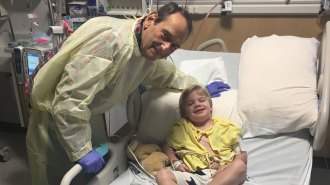 Genetics
GeneticsMost of today’s gene therapies rely on viruses — and that’s a problem
The next big strides in gene therapy for rare diseases may come from CRISPR and new approaches to delivery.
-
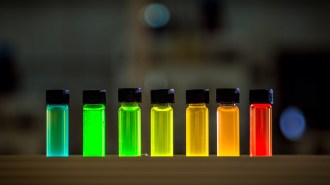 Chemistry
ChemistryThe development of quantum dots wins the 2023 Nobel prize in chemistry
Moungi Bawendi, Louis Brus and Alexei Ekimov split the prize for their work in creating nanoparticles whose properties depend on their size.
-
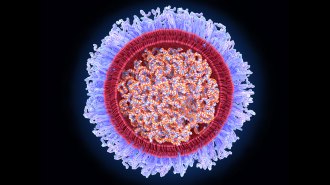 Health & Medicine
Health & MedicineEarly mRNA research that led to COVID-19 vaccines wins 2023 medicine Nobel Prize
Biochemists Katalin Karikó and Drew Weissman devised mRNA modifications to make vaccines that trigger good immune responses instead of harmful ones.
-
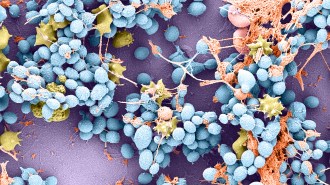 Health & Medicine
Health & MedicineHow a deadly fungus is so good at sticking to skin and other surfaces
One of Candida auris’ scary superpowers is its stick-to-itiveness. Unlike other fungi, the pathogen uses electrical charges to glom onto things.
-
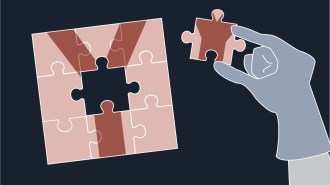 Genetics
GeneticsThe Y chromosome’s genetic puzzle is finally complete
New analyses of the human Y chromosome reveal millions of new bases and different locations for the same gene in different people.
-
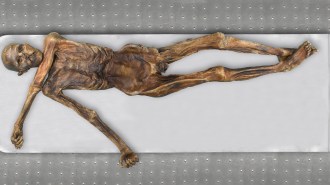 Genetics
GeneticsA new look at Ötzi the Iceman’s DNA reveals new ancestry and other surprises
Ötzi had genetic variants for male-pattern baldness and dark skin, and he also had an unusual amount of early farmer ancestry, a new DNA analysis finds.
-
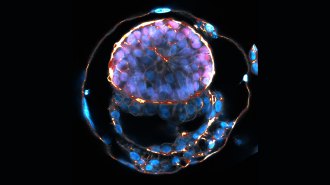 Humans
HumansHuman embryo replicas have gotten more complex. Here’s what you need to know
Lab-engineered human embryo models created from stem cells provide a look at development beyond the first week. But they raise ethical questions.
-
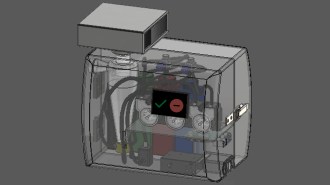 Health & Medicine
Health & MedicineA new device can detect the coronavirus in the air in minutes
The detector can sense as a few as seven to 35 coronavirus particles per liter of air — about as sensitive as a PCR test but much quicker.
-
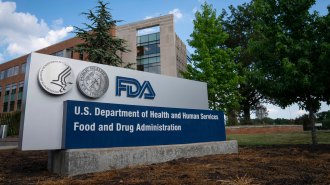 Genetics
GeneticsThe first gene therapy for muscular dystrophy has been approved for some kids
The U.S. Food and Drug Administration cleared a shortened version of a gene for a muscle protein to be used in 4- and 5-year-olds with muscular dystrophy.
-
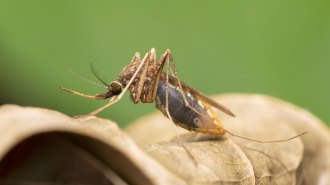 Life
LifeMicrowaving an insecticide restores its mosquito-killing power
Heated deltamethrin kills mosquitoes resistant to its usual form. Scientists are working to add the improved insecticide into bed nets.
-
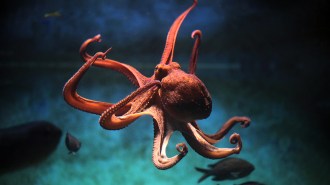 Animals
AnimalsOctopuses and squid are masters of RNA editing while leaving DNA intact
Modifications to RNA could explain the intelligence and flexibility of shell-less cephalopods.
-
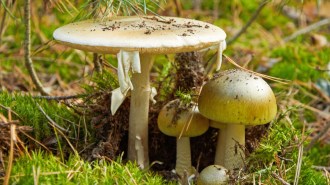 Health & Medicine
Health & MedicineScientists may have found an antidote for death cap mushrooms
A dye countered the effects of a mushroom toxin in human cells and mice. If the antidote does the same in people, it has potential to save lives.